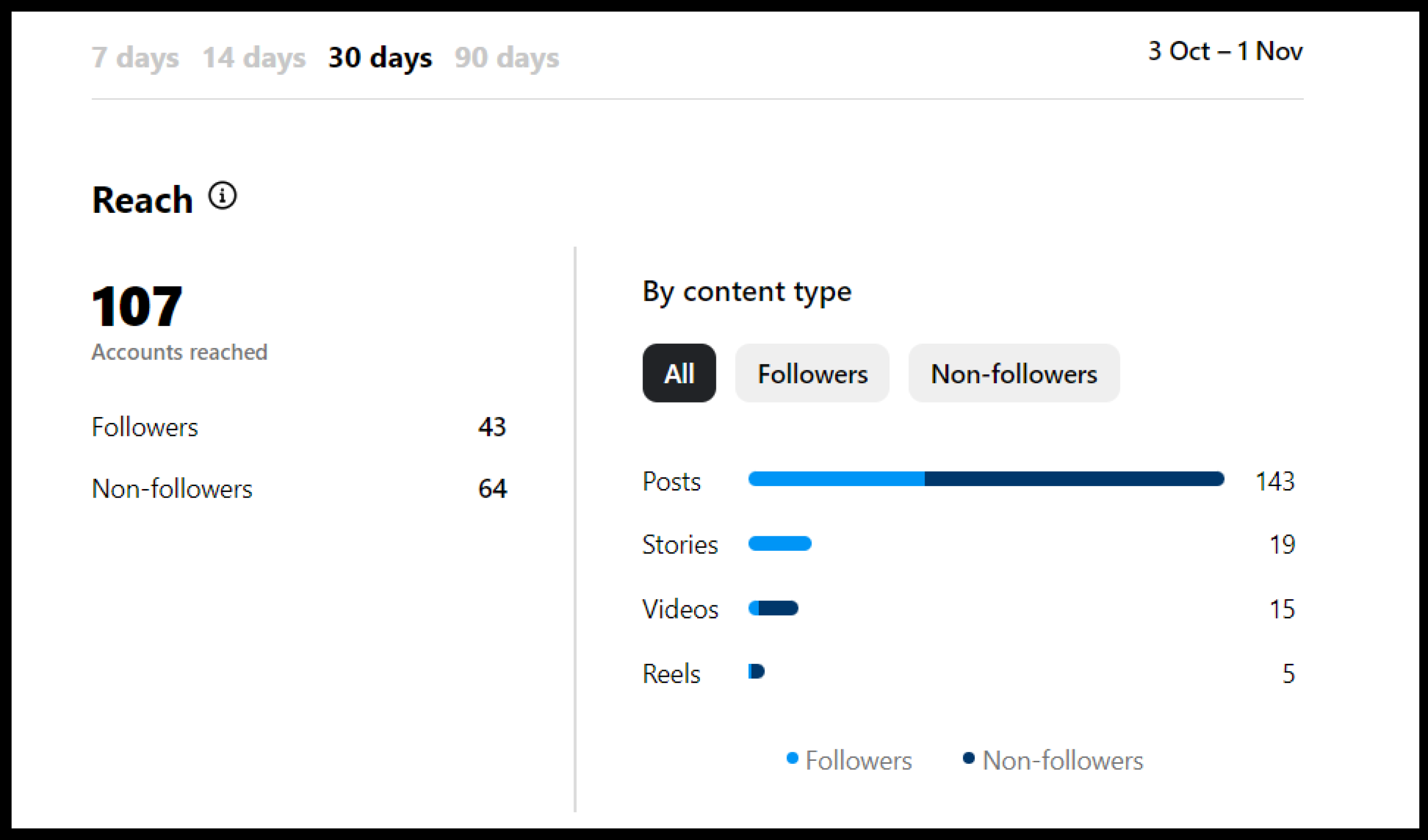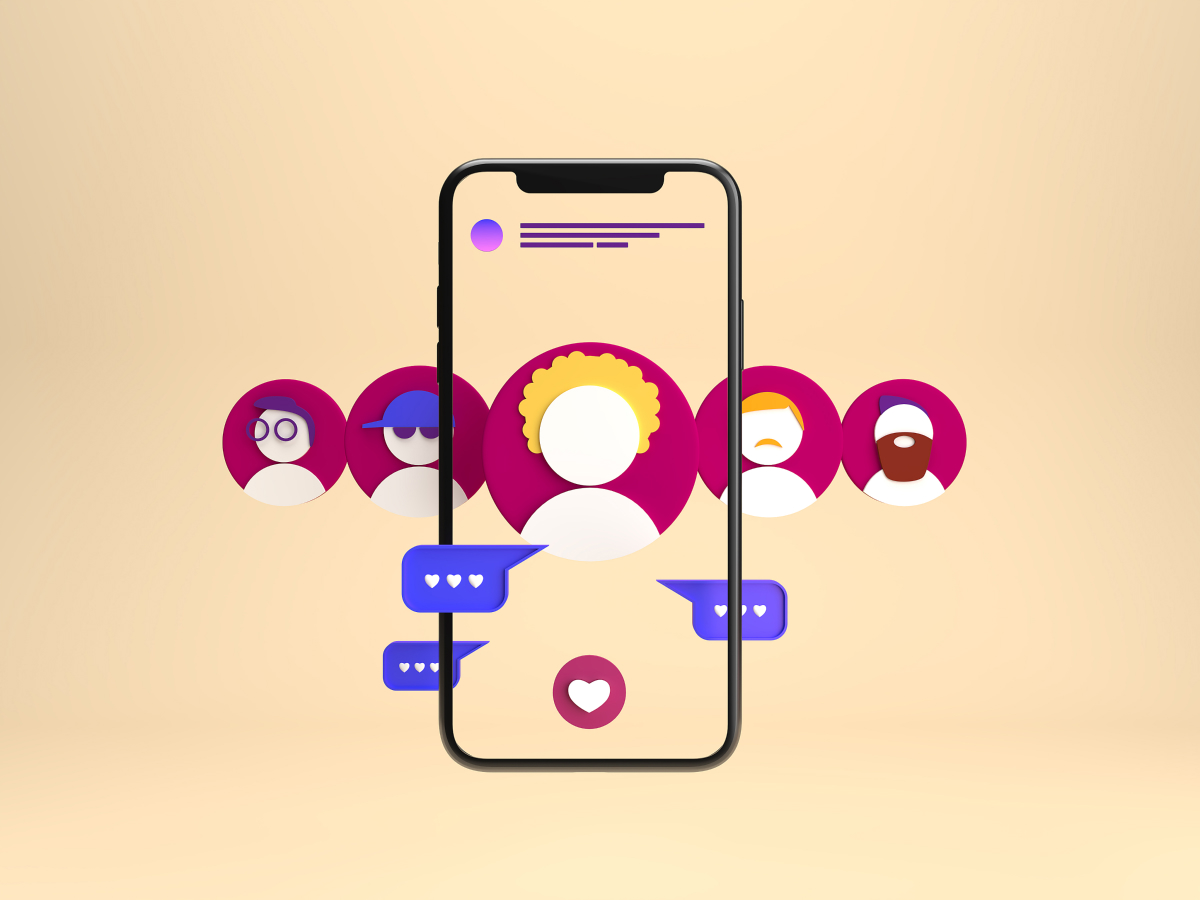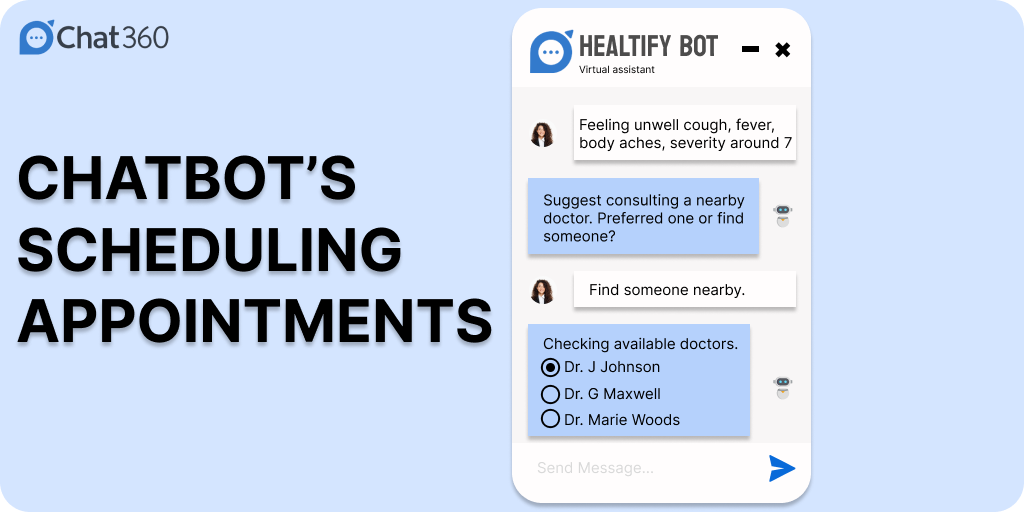In today’s world, social media reigns supreme, and Instagram has become the go-to platform for people to share their personal lives and businesses to showcase their brands.
But, choosing between a personal or business account can be a head-scratcher.
Sure, a personal account may be more suitable for your everyday users, but if you’re looking to level up your brand and expand your reach, a business account is the way to go! It comes loaded with unique features that can help grow your following and connect with a wider audience.
So, if you’re a social media influencer, small business owner, or simply someone who loves to share their daily life, you’re in the right place!
In this article, we’ll explore the differences between Instagram personal and business accounts and help you determine which one is right for you. So, keep reading to know more about Instagram Business accounts vs. Instagram Personal accounts.
What is an Instagram personal account?
An Instagram personal account is a profile created by an individual for their personal use. It’s the go-to account type for sharing daily life updates, connecting with friends, and expressing your personality.
Instagram personal accounts are typically used by everyday users who aren’t looking to promote a business or brand. With a personal account, you can share photos, videos, and stories with your followers, engage with your community, and follow your favorite accounts.
What is an Instagram business account?
An Instagram business account is designed to help companies and individuals establish a professional presence on the platform.
With a business account, you have access to a suite of features that enable you to connect with your audience in meaningful ways.
- You can add a contact button to your profile, which allows users to call, email, or text you directly.
- You can also run targeted ads, reach new customers through sponsored content, and track your performance using analytics tools.
- Business accounts also let you create shoppable posts, making it easy for customers to discover and purchase products directly from your page.
With these features and more, Instagram business accounts are a powerful tool for driving growth and building brand awareness.
Difference between an Instagram Business account and personal account
When it comes to distinguishing between an Instagram personal account and an Instagram business account, there are several features to consider.
1. Insights and analytics

As a business or creator on Instagram, you have access to free insights that can help you better understand your audience and the performance of your content. This feature is exclusive to business/creator accounts and not available on personal accounts.
With Instagram Insights, you can view trends across your followers, as well as the performance of specific posts, stories, videos, reels, and live videos.
You can see how people engaged with your content and view metrics like accounts reached, accounts engaged, and content interactions.
Plus, you can tap on each metric for a more detailed breakdown and see demographic information on the accounts you’ve reached and engaged with.
You can even view insights on your boosted posts to see how they’re performing as ads.
With Instagram Business’ insights and analytics, you can make informed decisions about your content strategy and improve your audience reach.
2. Instagram shopping

Image Source: Freepik
Another way Instagram business accounts are different from Instagram personal accounts is that business accounts can set up their online shops on the platform.
Instagram Shopping is a feature that allows businesses to sell their products directly on Instagram. Essentially, it turns your Instagram profile into a virtual storefront. You can tag your products on photos and videos, including posts, stories, and reels.
To start using Instagram Shopping, businesses must create a catalog of their products and connect it to their Instagram account.
To use Instagram Shopping, businesses need to have an Instagram Business account and connect it to a Facebook Catalog.
Once the account is set up, businesses can tag their products in whatever they post. When a user clicks on a product tag, they can view the product details, including the name, price, and description.
If they’re interested in purchasing the product, they can click on the “Shop Now” button, which takes them to the business’s website to complete the transaction.
One of the great features of Instagram Shopping is the ability to create product collections, making it easier for users to discover and browse related items. Businesses can also tag multiple products in a single post, making it easy for users to shop for the entire look or outfit.
Instagram Shopping is the perfect solution for businesses looking to boost their online sales game. With easy product tagging, your followers can shop for your products directly from your Instagram profile. It’s like having your own virtual shopping mall, but better!
3. Instagram Ads

Image Source: Freepik
Instagram Business accounts can run paid ads, whereas personal account holders can not.
In fact, Instagram Advertising has become an essential tool for businesses looking to reach a wider audience and increase their brand exposure.
The platform provides a range of ad formats to choose from, including photo ads, video ads, carousel ads, and story ads.
Businesses can target their ads to specific demographics, interests, behaviors, and even lookalike audiences based on their existing customers. Instagram’s Ad Manager allows businesses to track their ad performance and make data-driven decisions to optimize their ad campaigns.
Instagram also offers a variety of ad placements, including in-feed ads, story ads, explore ads, and IGTV ads, providing businesses with multiple ways to reach their target audience.
4. Customer support on Instagram

Businesses on Instagram can deliver superior customer support with the help of automation. Instagram allows businesses to set up AI Insta chatbots to provide quick and efficient support to their customers, freeing up valuable time and resources for their teams.
But don’t just take our word for it. According to Statista, 40% of online shoppers use a chatbot to communicate and buy online. By implementing a customer service bot on your Instagram account, you can empower your customers to send you direct messages (DM) with questions, doubts, and queries.
Not only that, but Instagram chatbots can also help you collect valuable data about your customers, including their preferences and behaviors. This information can be used to improve your products and services, and even personalize your marketing efforts.
| Features |
Personal Account |
Business Account |
| Account type |
Personal |
Business |
| Profile |
Single profile, contains bio and personal information |
Business profile, contains contact information, category and call-to-action buttons |
| Instagram Insights |
Not available |
Available |
| Instagram Ads |
Not available |
Available for Creator and Business accounts |
| Instagram Shopping |
Can only shop on personal profile through Instagram Checkout |
Can access Shopping features, including product tagging and Instagram Checkout |
| Direct Messaging |
Can’t deploy automation |
Can deploy automation like AI chatbots |
| Instagram Stories |
Available |
Available, with additional features like links and call-to-action buttons |
| Instagram Live |
Available |
Available, with additional features like the ability to schedule and promote upcoming streams |
| Creator Studio |
Not available |
Available for scheduling posts and managing multiple accounts |
Instagram Business Accounts have additional features and tools that are specifically designed to help businesses grow and engage with their audience. From access to Instagram Insights and Ads to Shopping and Direct Messaging tools, businesses can leverage these features to drive sales, build their brand, and provide better customer service.
How to set up an Instagram business account and Instagram personal account?
Starting an Instagram business account is easy and can be done in a few simple steps.
Here’s how to set up your Instagram business account:
- Create or log in to your Instagram account: To set up an Instagram business account, you must have an existing personal Instagram account or create one.
- Tap on the Menu: Once you’re logged in, go to your profile and tap on the Menu icon in the top right-hand corner.
- Go to Settings: From the Menu, select “Settings.”
- Switch to a Professional Account: Next, tap “Account” and then “Switch to Professional Account.”
- Select a Business Category: Choose a category that best describes your business.
- Add Contact Details: Enter your business’s contact details such as email, phone number, or address.
- Connect to a Facebook Page (optional): If you have a Facebook Page associated with your business, connect it to your Instagram account to unlock more features.
- Review Your Business Information: Review the details you’ve entered and make any necessary changes.
- Display Your Business Information: Go to your profile and tap “Edit profile.” Then, under “Public Business Information,” choose whether you want to display or hide your category label and contact info.
To set up an Instagram personal account, follow these steps:
- Download the Instagram app from the App Store (iPhone) or Google Play Store (Android).
- Tap the Instagram app to open it.
- Tap “Create New Account” and enter your email address or mobile number, then tap “Next.”
- Enter the confirmation code sent to your email address or mobile number, then tap “Next.”
- Create a password, then tap “Next.”
- Enter your birthday and add your name.
- Create a username.
- Read Instagram’s terms and policies, then tap “I agree” to create your account.
- Add a profile picture, then tap “Next.”
Limitations of Instagram business account and personal account
While the business account boasts an array of helpful features for you to explore, there are a few limitations that still prevail.
The limitations of Instagram business accounts are as follows:
- Limited organic reach: Instagram’s algorithm favors personal accounts over business accounts, which can result in limited organic reach for business content.
- Restrictions on posting: Business accounts can only post photos or videos, and are limited to certain aspect ratios and file sizes.
- Limited link options: Business accounts are restricted to including only one clickable link in their profile, which can make it difficult to drive traffic to specific products or pages.
- Limited analytics: While Instagram does provide analytics for business accounts, the level of detail is often limited, making it difficult to gain deeper insights into performance.
The limitations of Instagram personal accounts are as follows:
- Limited privacy options: Personal accounts offer limited privacy settings, making it more difficult to control who sees your content.
- No access to Instagram Insights: Unlike business accounts, personal accounts don’t have access to detailed analytics, making it more difficult to track engagement and performance.
- No access to paid advertising: Personal accounts are unable to create paid advertising campaigns on Instagram, limiting their ability to promote products or services.
- No access to shopping features: Personal accounts don’t have access to Instagram’s shopping features, which can make it more difficult to monetize content.
- Limited opportunities for collaboration: Brands are more likely to collaborate with business accounts, which can limit opportunities for personal accounts to work with brands or monetize their content.
Examples of Instagram business accounts
Looking for inspiration on how to level up your Instagram game? Check out these top-performing business accounts that are crushing it on the platform.
Oreo
Oreo’s Instagram account is a colorful and creative visual feast for fans of the iconic cookie. With 3.5 million followers, the brand regularly posts mouth-watering images of its latest cookie creations and fun videos showcasing its beloved product.
Oreo also uses its Instagram presence to engage with fans through interactive contests and clever memes.
Whether you’re a longtime fan of Oreo or just love beautiful food photography, the brand’s Instagram account is a must-follow for any lover of sweet treats.
FedEx
FedEx’s Instagram is visually engaging, featuring bold colors and dynamic imagery.
Their Instagram is also a prime example of a brand that knows how to leverage user-generated content (UGC). They use their platform to showcase customer stories and experiences, featuring real people and businesses that have benefitted from their services.
From stunning photos of packages in transit to heartfelt testimonials from satisfied customers, their feed is a window into the world of shipping and logistics.
Their use of UGC helps to build a sense of community and trust around their brand, showing that they value and appreciate their customers. It’s clear that FedEx understands the power of social media and how to use it to connect with its audience in a meaningful way.
Vans
Vans’ Instagram business account is the haven for 16.7 million fans of the brand and skate culture.
With a focus on authenticity and inclusivity, Vans shares user-generated content and collaborate with artists and musicians, making their followers feel like a part of the family.
From breathtaking aerial shots to up-close and personal portraits, the account perfectly captures the essence of Vans’ laid-back, rebellious vibe. Vans’ Instagram Stories and posts keep fans updated on new product releases, skate events, collaborations with other brands, and behind-the-scene glimpses from their creative process.
Conclusion
Whether you’re an individual looking to share your personal life or a business owner looking to expand your reach, Instagram has the right account type for you.
However, if you want to boost your business’s online presence, an Instagram business account is the way to go. With unique features like Instagram Insights, Shopping, Ads, Insta API and automated customer support, you’ll have everything you need to grow your following, drive sales and deliver awesome customer service.
And if you’re looking for an easy way to create a conversational AI chatbot for your Instagram business account, look no further than Chat360. With Chat360, you can build a customized Instagram chatbot that will help you engage with your audience and increase your conversational commerce efforts. So why wait? Sign up for the Chat360 Insta bot today.














